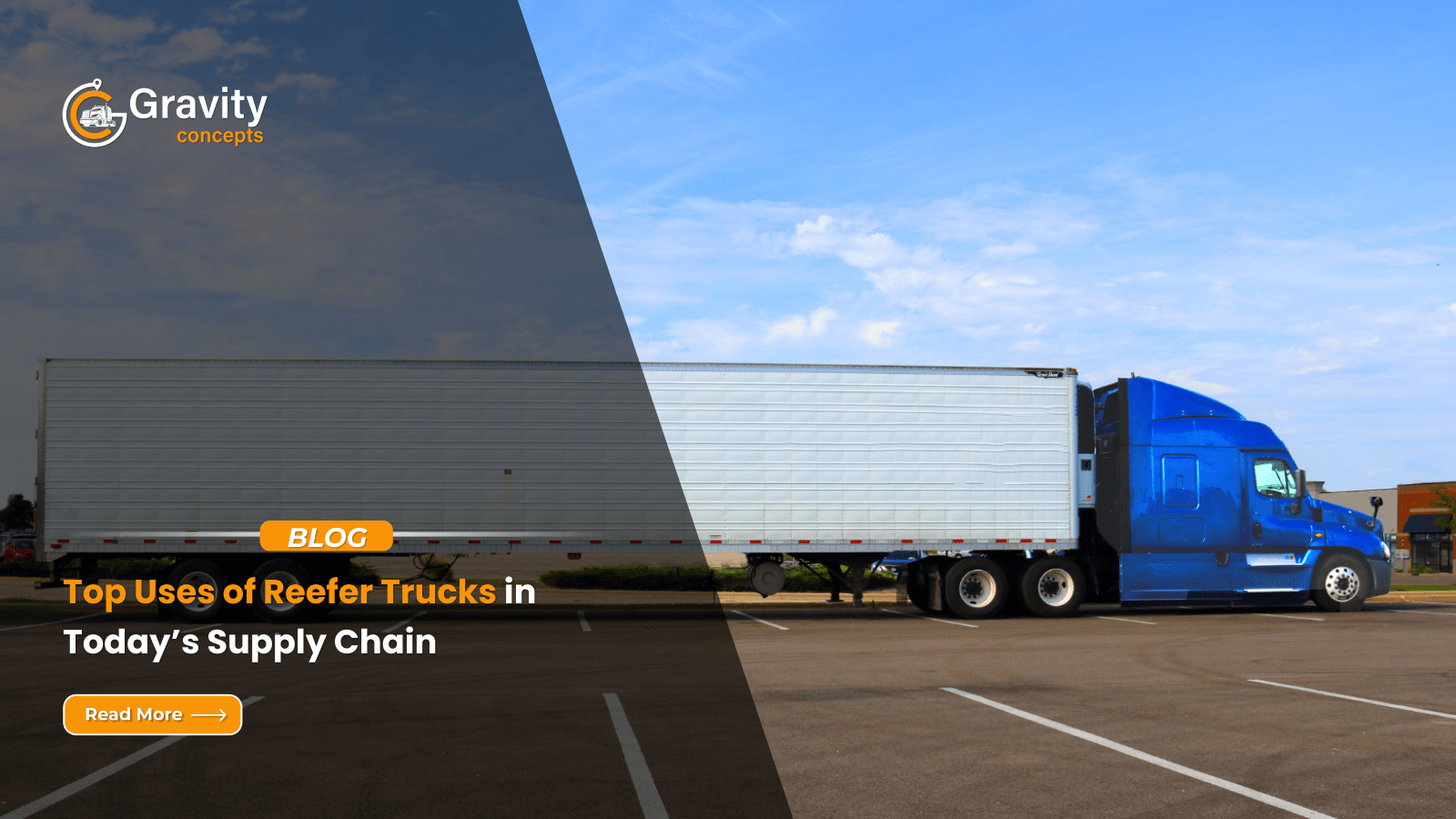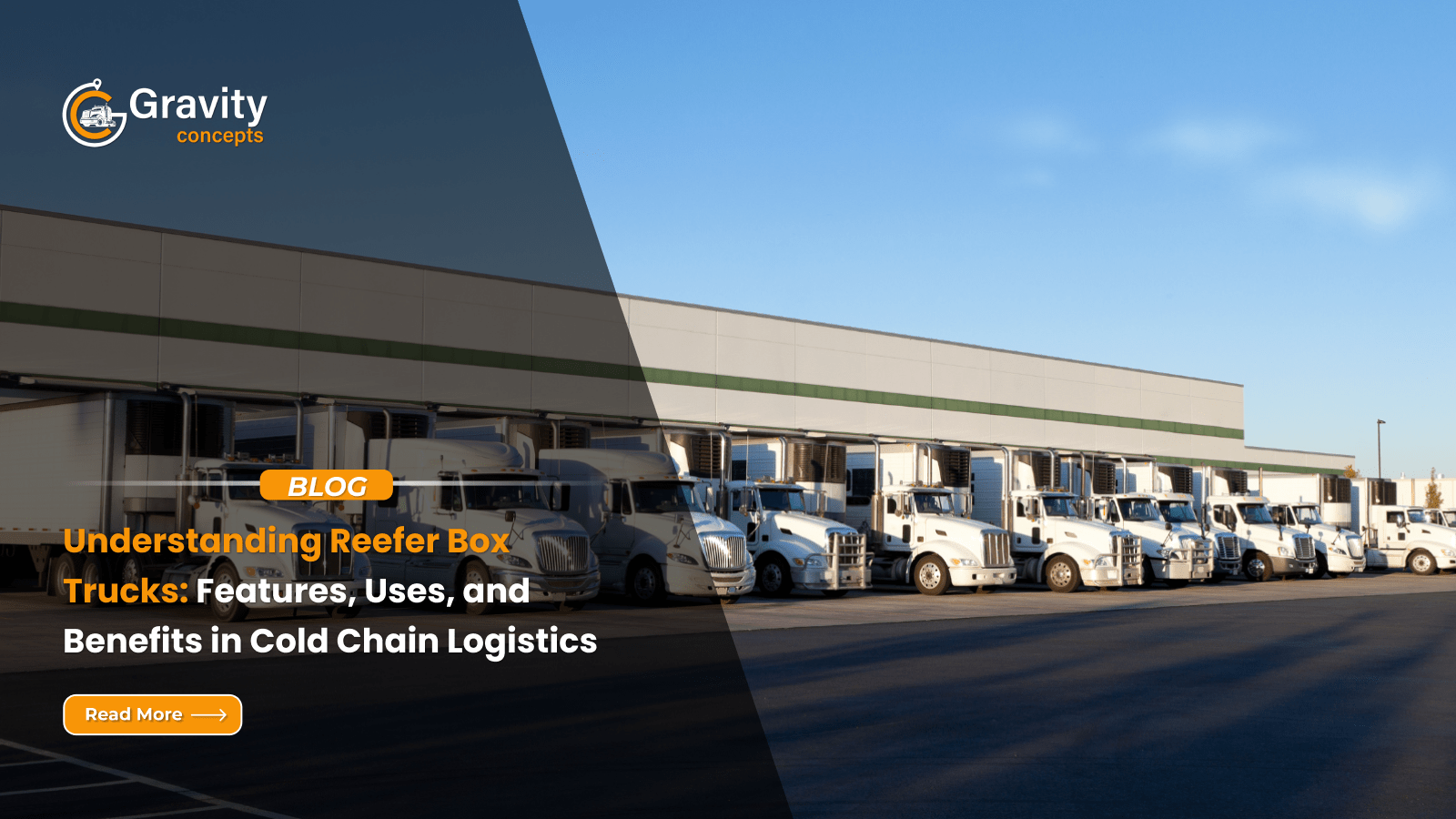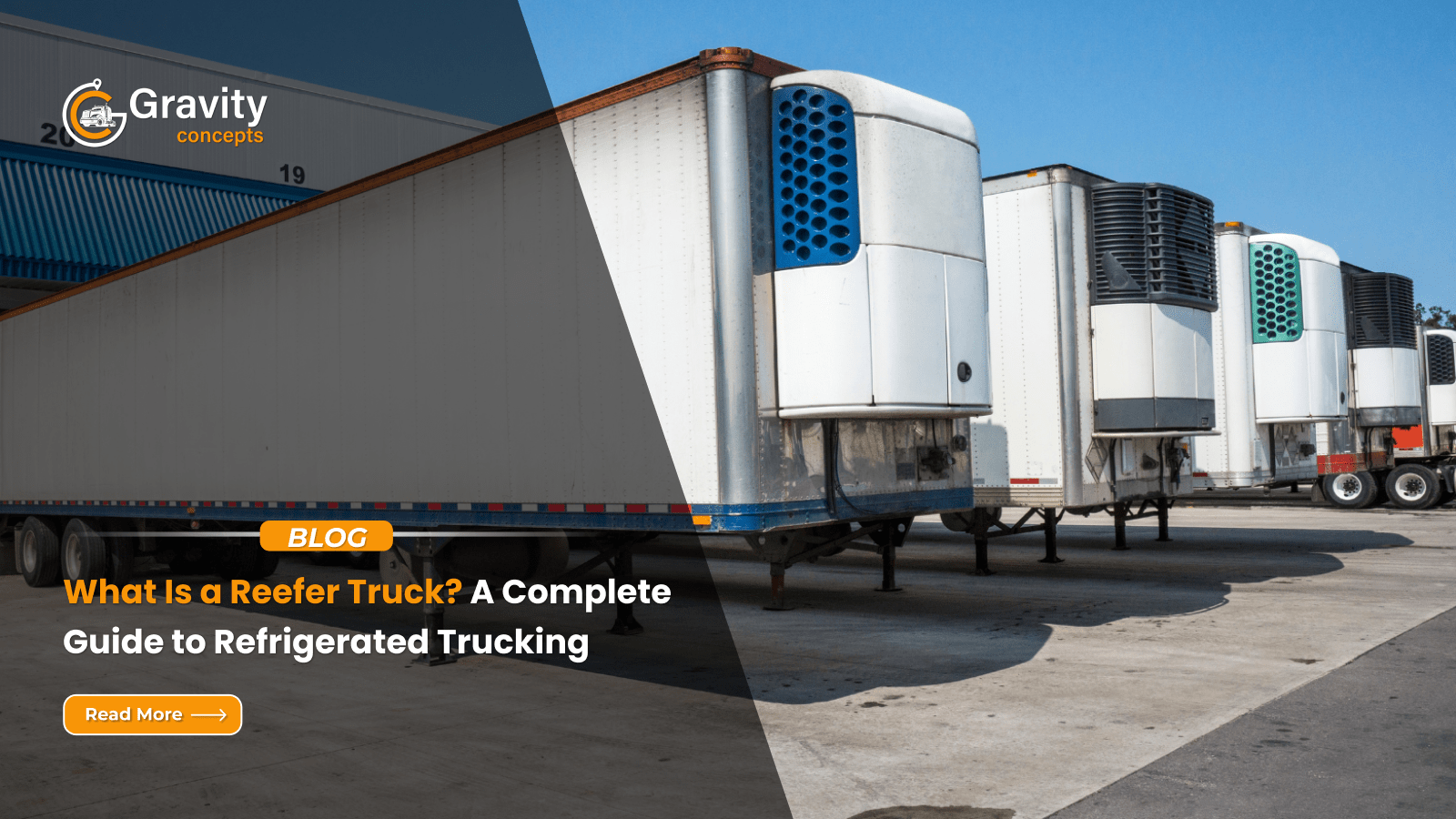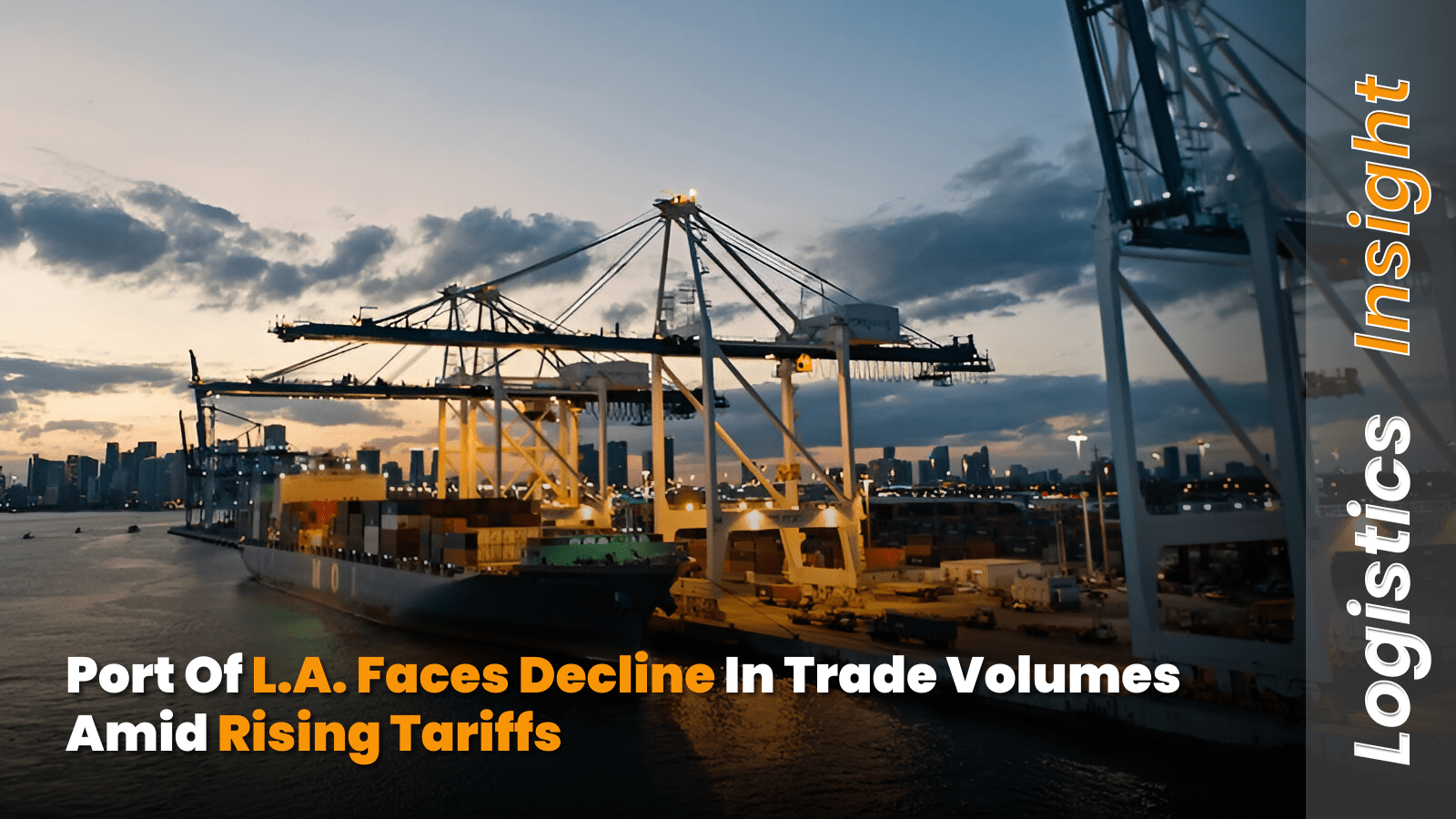Trump’s Tariff Plans on Chinese Cranes Could Disrupt U.S. Port Operations
The Trump administration is taking aim at Chinese-manufactured ship-to-shore cranes in its latest push to revitalize U.S. manufacturing. A new proposal from the U.S. Trade Representative (USTR) suggests tariffs of up to 100% on cranes, shipping containers, and related components imported from China—despite the absence of
Intermodal vs. Traditional Trucking: Which Freight Option Is Right for You?
As freight transportation continues to evolve, shippers face an important choice: intermodal transportation or traditional trucking. Both have distinct advantages, challenges, and ideal use cases. Choosing the right method depends on your business goals, shipment types, timelines, and budget. In this blog, we’ll break down the
Top Uses of Reefer Trucks in Today’s Supply Chain
In today’s fast-paced logistics world, reefer trucks are indispensable for transporting goods that require specific temperature control. From frozen food to pharmaceuticals, these vehicles are crucial in maintaining the integrity of temperature-sensitive products. This blog explores the top uses of refrigerated trucks in today’s supply chain,
What Is Intermodal Transportation? A Beginner’s Guide to Efficient Freight Movement
In today’s fast-paced logistics world, efficient freight movement is more than just a necessity—it’s a competitive advantage. One of the most effective ways to streamline the movement of goods is through intermodal transportation. But what exactly is intermodal transportation, and how can it benefit your supply
Understanding Reefer Box Trucks: Features, Uses, and Benefits in Cold Chain Logistics
In today’s fast-moving supply chain, keeping perishable goods fresh during transportation is more critical than ever. Businesses in industries such as food, pharmaceuticals, healthcare, and even floristry depend on temperature-controlled logistics to maintain product integrity. Among the most versatile tools in cold chain logistics is the
What Is a Reefer Truck? A Complete Guide to Refrigerated Trucking
In today’s fast-paced logistics world, the ability to move temperature-sensitive goods safely and efficiently is more crucial than ever. Whether it’s fresh produce, dairy products, pharmaceuticals, or frozen meats, many industries rely on refrigerated transportation. And that’s where reefer trucks come in. This guide will walk
Short-Haul Trucking Emerges as a Key Economic Indicator
Local Freight Demand Remains Strong Amid Shifting Logistics Trends Short-haul truckload freight — especially shipments traveling less than 100 miles — is gaining importance as a reliable indicator of economic activity in the U.S. Over the past year, demand for these short-distance hauls has increased steadily,
The Future of LTL Freight: Trends and Innovations in Less Than Truckload Shipping
Less-Than-Truckload (LTL) freight shipping has undergone significant transformation in recent years. As businesses strive for cost efficiency, speed, and sustainability, the LTL industry is embracing new technologies and strategies to meet evolving supply chain demands. In this blog, we’ll explore the key trends and innovations shaping
Port of Los Angeles Braces for Decline in Trade Volume Amid Tariff Pressures
Rising Tariffs on Imports and Counter-Tariffs on Exports Impact Future Outlook The Port of Los Angeles, the busiest port in the United States, is preparing for a decline in import volumes, which is expected to begin as early as May. As the effects of punitive tariffs
How to Choose the Right Flatbed Trucking Company for Your Business
Choosing the right flatbed trucking company isn’t just about moving freight from point A to point B — it’s about ensuring your cargo arrives safely, on time, and within budget. Whether you’re in construction, manufacturing, or energy, selecting the right logistics partner can impact your supply










